Organosilicon Polymers Polysiloxane Size
Organosilicon Polymers Polysiloxane Market Growth Projections and Opportunities
The Organosilicon PolymersMarket is expected to grow 4.28% to $2,201.24 million by 2028.
Organosilicon Polymers market dynamics are shaped by many factors. The rising demand for high-performance materials in various industries drives the market. With its thermal stability, flexibility, and extreme-condition resistance, polysiloxane is used in electronics, automotive, and construction. As these sectors flourish, demand for innovative materials like Organosilicon Polymers will rise, propelling market expansion.
The Organosilicon Polymers market is also shaped by technology. Research and development create novel Polysiloxane compositions and applications, improving performance and utility. Hybrid organosilicon polymers, which combine the benefits of several materials, advance the market. Another major aspect affecting Organosilicon Polymers is regulation. Eco-friendly formulations and production processes are driven by strict environmental and safety laws. Global economic conditions also affect Organosilicon Polymers sales. Polysiloxane demand rises as Asia-Pacific economies grow and industrial activity rises. Conversely, economic downturns may reduce construction and manufacturing, hurting the market. Organosilicon Polymers companies must understand and navigate these economic swings.
Furthermore, market competition is crucial. The Organosilicon Polymers market has many players, from huge multinationals to small and medium-sized businesses. Competition drives innovation and cost efficiency as organizations compete for market share. Market actors use strategic alliances, mergers, and acquisitions to improve their positions and expand their product ranges.
Consumer awareness and preferences affect the Organosilicon Polymers market. End-users are learning about Polysiloxane's many uses, driving demand for eco-friendly products. Responding to changing preferences by offering greener options or encouraging product recyclability may provide manufacturers an edge.
The Organosilicon Polymers market is also affected by raw material price volatility. Silicone, a fundamental component of Polysiloxane, fluctuates in price according to supply-demand dynamics and geopolitical events. Organosilicon Polymers manufacturing costs can be affected by price volatility, affecting market pricing and profitability."


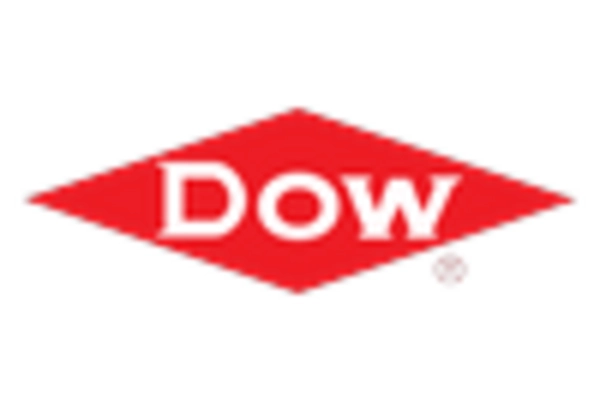
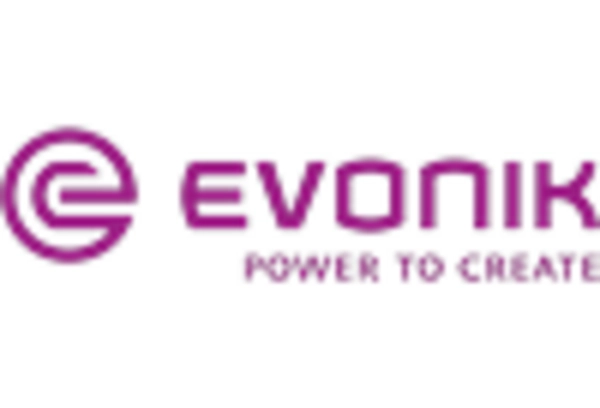
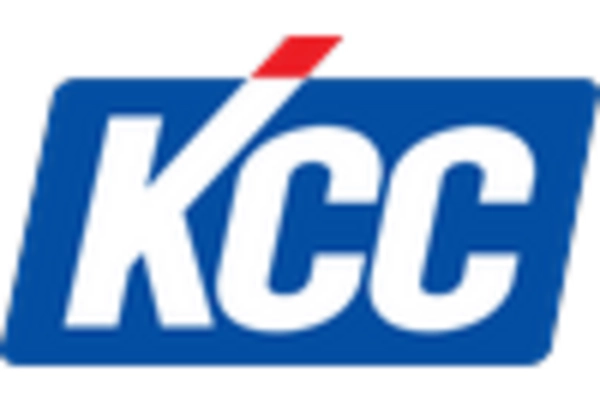
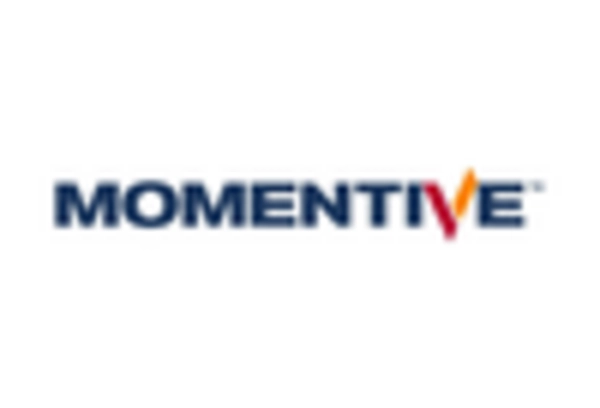
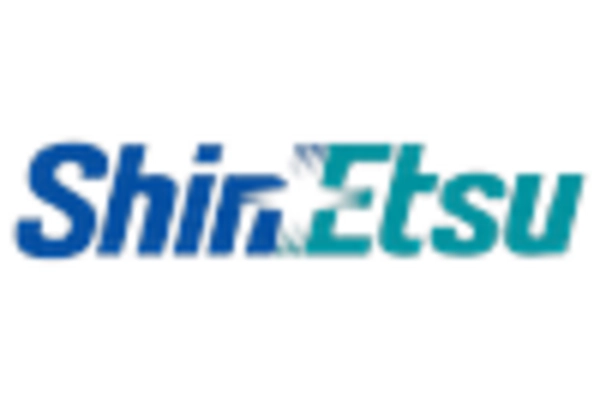
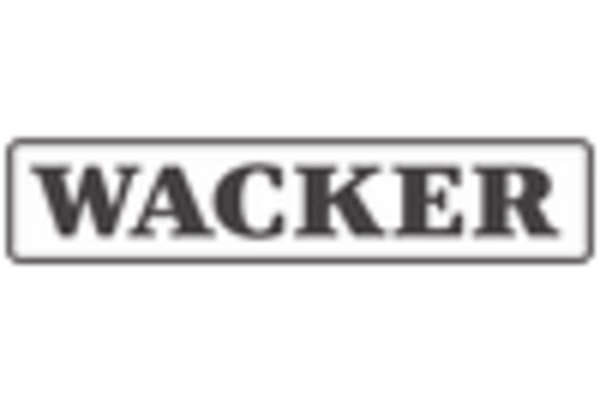









Leave a Comment